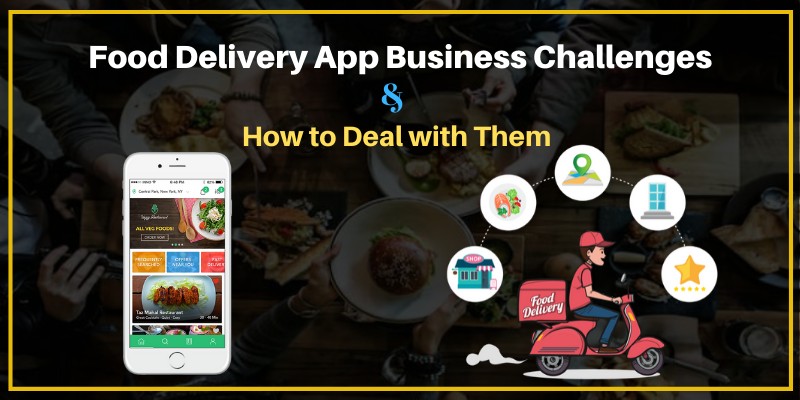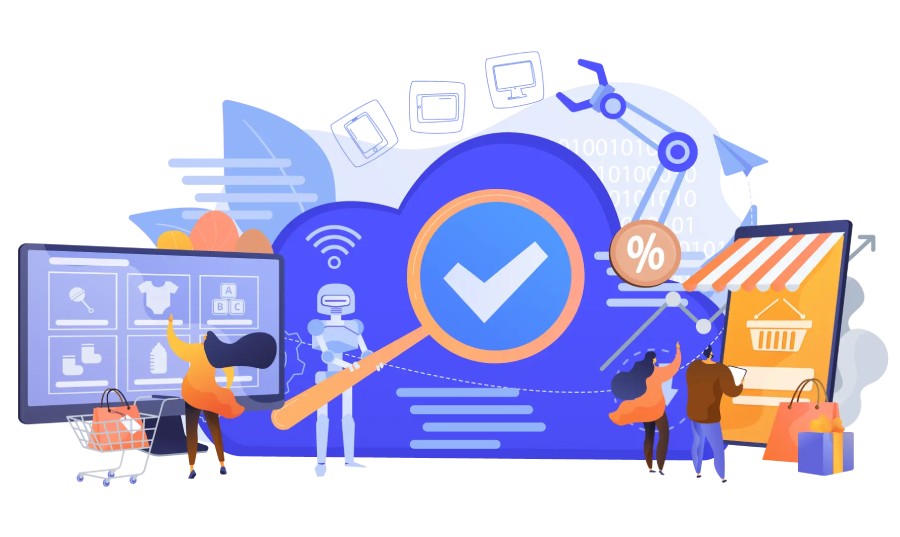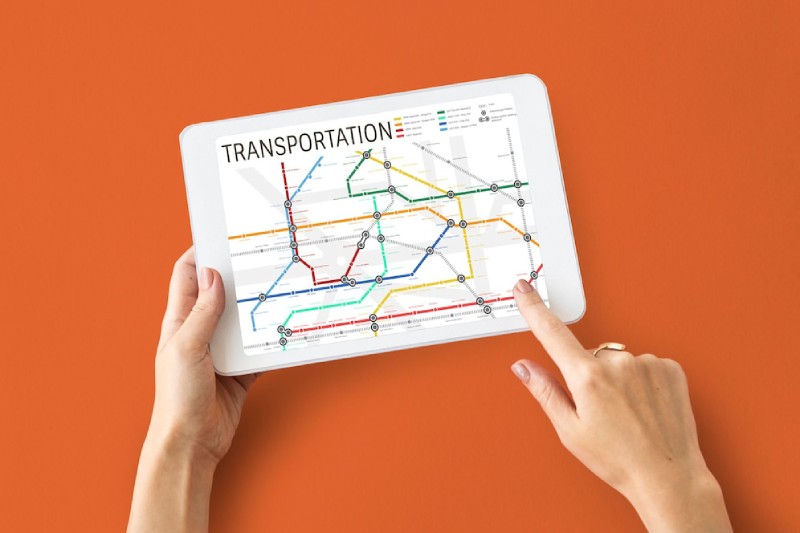
Food Delivery App Business Challenges And How To Deal With Them
The world has changed and is constantly changing rapidly. Technology is changing and transforming almost every industry that is delivering unexpected aspects of development.
By adding ease, cost-effectiveness, and quality to services and products, technology has carved a niche for itself in every and every sector in the market.
Getting services like food, medicines, clothes as well as daily necessities is just a few touches on the screen and everything is available at your doorstep.
The food industry seems to be the most affected and benefited. With the move away from the food space towards home delivery services in the market, technological development in the area has increased even more.
Food delivery small brands company and organizations have grown very large and are leading online marketplaces.
The total revenue of the online food ordering marketplace grew to an incredible $ 107,438M in 2019 and is expected to grow at a rate of 8.8% by 2024.
But like every sector and industry, even it is facing and will continue to face challenges in a highly transformed market.
The ongoing change has raised a number of issues and, to cope with them, elevates higher opportunities.
Let’s take a look at the challenges presented by the food delivery industry and take a look at the market.
Challenges For Food Delivery App Business
The food delivery mobile app in USA and globe business has been continuously driven with many new customers each day.
With a growing market base and farming opportunities, a large number of competitors have entered the market with greater emphasis and push. This has made the market competitive and challenging for businesses to capture.
Unstable Customer Base Is Big Challenge For Online Food Delivery App Business
In food delivery businesses customers are observed to be highly volatile over loyalty. For a major part of the population, the term loyalty does not exist when distributing food.
The main objective of food delivery is to get superb food at maximum prices and with minimal hassle. Competitors and market players have elevated the marketing and service delivery game to such a merger level that customers are already enjoying extreme services from almost everyone and thus in the event of a huge gap in options Are not.
This has made the customer base unstable and has led them away from the aspect of business called loyalty. Food delivery businesses are trying a lot to control the loyalty factor and have realized its importance.
Food marketing organizations are constantly offering marketing strategies and tactics so that customers are happy and loyal.
According to reports from CleverTap, a staggering amount of 86% of users stop using an application two weeks after its launch.
Market Prices Are Not Stable
Not only the customer base but also food industry prices are highly volatile.
With many factors influencing the prices of the food industry, organizations operating in the food delivery business lack the ability to maintain effective prices and constantly strive for the right amount.
Fighting inflation and rising food prices in tandem with their partners, they also have to focus on the aggressive or defensive pricing models constantly being marketed by their rivals.
The two-way pricing attack makes it even more difficult for distribution brands to keep up with the constant rate of growth and revenue.
However, with their asset-light model, aggregates post earnings from 40% to 50% before interest, tax, depreciation and amortization (EBITDA).
Inconsistent Food Quality
It becomes extremely challenging for the delivery partners to deliver food with the highest quality from far to the place where they are being prepared.
The difference in the food served at the outlet’s table as well as the food served at the door is creating a major flaw that organizations must work hard to overcome.
With technology, the delivery of food has become possible but has not yet been implemented to improve the means of delivery in an economical manner.
Getting Ready For Demand
Every business wishes to continuously grow and grow its market base. It is a continuous process and has no end.
But in the race to capture a larger share of the market, it has another end that talks about the availability and availability of supplies so as to satisfy market demand.
If the market is occupied, it is a failed attempt if businesses are unable to meet the needs of the customer base.
The satisfaction factor here lies not just with the delivery partner but with the restaurant owners working on the back end.
The market hinges on delivery partner brands and as such it is important to fill the gap between distribution partners and restaurant owners and to prepare themselves to work together to meet the captured market demand.
Big Fish Eat All The Other People
The market consists of many players working hard to reach the same goal – the largest market share.
The same race, when joined by a larger player that is already established and popular in the market, takes a larger pie with less effort and leaves a much smaller share for other players to compete against.
This brings a challenge for small and upcoming players in the market to achieve a large customer base and one of high value.
Competing with already established and traditional delivery models has been a difficult time for new technological application-oriented platforms. Traditional distribution systems still hold about 90% of the total market.
Solutions For The Food Delivery App Industry
With every challenge being pursued by the market, competitors need to deliver a better solution that can lead the market to further growth and development. Suggested solutions include:
- Implementation of customer relationship management software program to maintain healthy and continuous relationships of brands with their customers. This includes assisting customers with their needs and quicker and better turnaround time for support.
- Managing resources is the major solution to many problems. Management can have great benefits on the effectiveness and efficiency of a distribution business and can highly affect customer base satisfaction.
- True marketing is the answer to every business problem. The way you reach your customer base with the exact need in the market at the right time is everything a great and ever growing business can equip.
- Keeping up with the market and upgrading yourself is the key measure to consider at regular intervals of time. The game is called market segmentation and capturing it is what changes the rules and horizons to be won.
- The ultimate winner of the competition is the one who remains with high accountability, customer friendliness and great support. Provide your customers with an online platform they want to visit frequently and the services they want to use.
Author Bio
Ada James is a business development manager at App Development Agency a research IT firm that assesses and profiles mobile app development companies globally. Her key roles at the company include analyzing market trajectory and trends for business posturing and leverage. She is also responsible for reaching out to new clients in pursuit of business expansion and maintaining relationship with existing ones.

The Etsy Business Model: How Does Etsy Make Money?

How eCommerce Solutions Are Revolutionizing the Way We Do Business?

How to Protect Your Personal Data Online

6 Tips for Being a Successful Fleet Manager

How Should you Analyse Competitors Social Media Strategies




